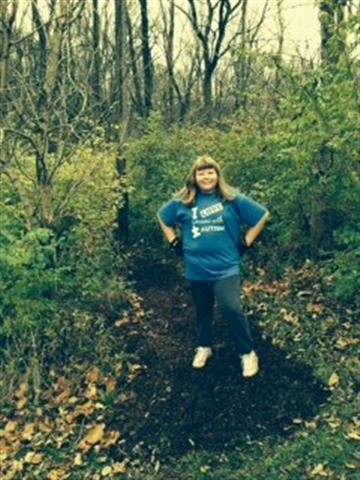| School Name: |
Ridgeview Jr. High
|
| Program Name: |
Outdoor Learning Lab
|
| District Name: |
Pickerington Local Schools
|
| Program Category: |
Think
|
| Program Description: |
RJHS Students were presented with the design challenge of creating an outdoor cross-curricular learning lab. This eco-friendly experiential lab will be built in the watershed area behind our school. Currently in this area we have a trail, ridge, and creek that offer the potential of contextual problem-based learning. Students were introduced to the area by local forestry and wildlife experts. Following their initial exploration, students were charged with creating a usable blueprint for the future construction of the “Ridgeview Outdoor Learning Lab.” Students’ initial ideas for the development of the area include: creating a wetland viewing area, designing two classroom areas, and increasing the length and accessibility of trails. They will also identify indigenous flora and fauna, invertebrates, fish, birds and mammals, and research appropriate organisms to introduce into this environment. In addition to improving the structure of the outdoor space, students will be asked to develop cross-curricular connections, which will allow math, language arts, history, arts, and science, the ability to use the area to enhance and enrich instruction.
With support from local experts, community, staff, and a small grant we were able to get this initiative started, However, the vision for this space is to: build a viewing platform and Boardwalk making the area handicap accessible, a storage unit, weather station, butterfly garden, and compost centers, as well as to make trail/plant markers, etc. Students have worked diligently to develop this plan and hope to be able to develop it fully. |
| Impact Of Grant: |
The challenge consists of five areas of design: upper and lower learning labs, trail management and development, Sycamore Creek management and development, and flora and fauna research. In order to mirror a real world problem-solving situation, students chose one of the five areas of concentration and were then placed in collaborative groups accordingly. Each group was led by a student project manager whose task was to coordinate with the other group leaders. These leaders then integrated all the designs into a final proposal. After a process of designing, collaborating, and revising, the final blueprints were presented to a panel of experts and community members. The winning proposal are to be implemented as funding allows. As a result of their work, students will gain the following benefits: Researching local environment and community resources; Scientific investigation and inquiry; Communication, collaboration, presentation, intrapersonal and interpersonal skills; Critical thinking and creativity using authentic tasks that are aligned to real-world; Integration of 21st century technology and skills; Accountability to self, school and community; STEM Engineering Design Process: imagine, plan, design, improve, share; College and career readiness: addressing community issues and exploring careers; Interaction with adult mentors and professionals; Working within a budget; Eco-awareness and implementing green initiatives. Our hope is that the eventual outcome will be that the area will be designated a nature preserve by the Ohio Department of Natural Resources and will be a usable green space for our school district and community. |
| Vote Totals: |
126 |
| |
|

|
| School Classification: |
Large (enrollment 801+)
|
|
|
|